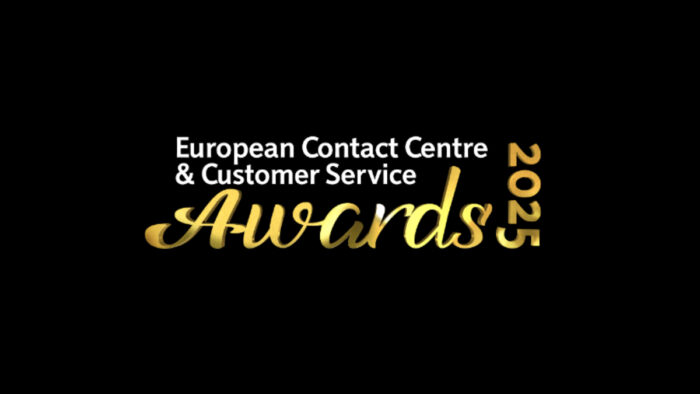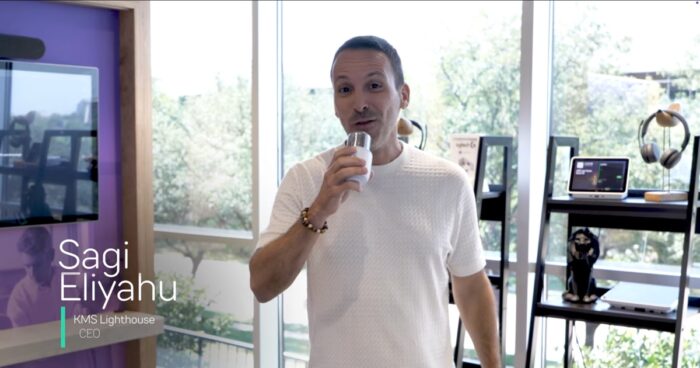While the self-service accessibility metric measures how easily customers can access self-service tools, managers will also want to consider that call center agents can add a high level of customer service that increases customer satisfaction and loyalty. This should always be balanced against self-service tools.
The Impact of Self-Service Tools
Self-service accessibility tools such as IVR and mobile apps have great potential to produce happy customers. In addition, they can help call center agents by allowing them to focus on resolving complicated issues rather than reciting directions to a store or repeating hours of operation. However, if self-service accessibility tools become inefficient, the positive impact quickly becomes a liability. Customers become angry and frustrated; they quickly push the “0” button to speak to a representative. The representative then has double duty: calm the customer and resolve the problem.
Inefficiencies and expenses will increase if this critical call center metric is not monitored closely. It functions similarly to response times and service levels, although it relates to self-service accessibility tools. In addition, this call center metric can be performed with surveys and speech analytics. Surveys will measure the customer’s satisfaction with the self-service tools. Speech analytics can identify missing information in the customer’s record and gauge IVR efficiency.
Improve Efficiency and Decrease Costs
While many call centers work hard to deflect basic customer transactions away from the queue to improve efficiency and decrease costs, doing so may result in managers forgetting the self-service system interacts with the customer too. Therefore, this call center metric has developed into a key measurement with the growth of automation. Many successful call centers will gauge how many customers start and complete transactions with self-service tools through the Web or IVR, and this call center metric can measure how many completed transactions required no live-representative assistance.
You can also use customer satisfaction surveys after a self-service transaction to collect feedback on the experience. While this is one of the more qualitative call center metrics rather than quantitative, it remains an excellent method to use in conjunction with metrics for determining the success or failure with self-service tools. Still, self-service tools should be viewed as support, while the best customer service that produces satisfied, loyal customers comes from a highly trained, professional call center with easy access to tools and information.



